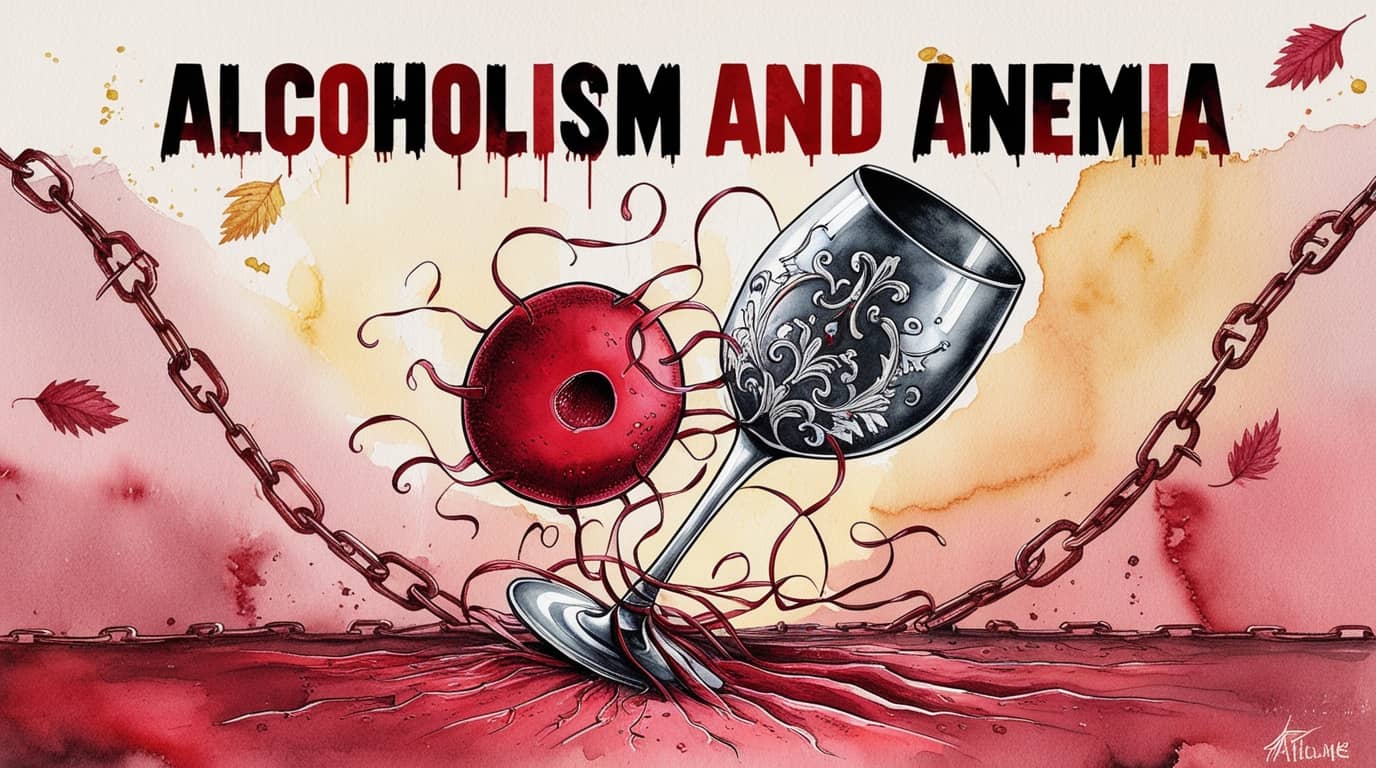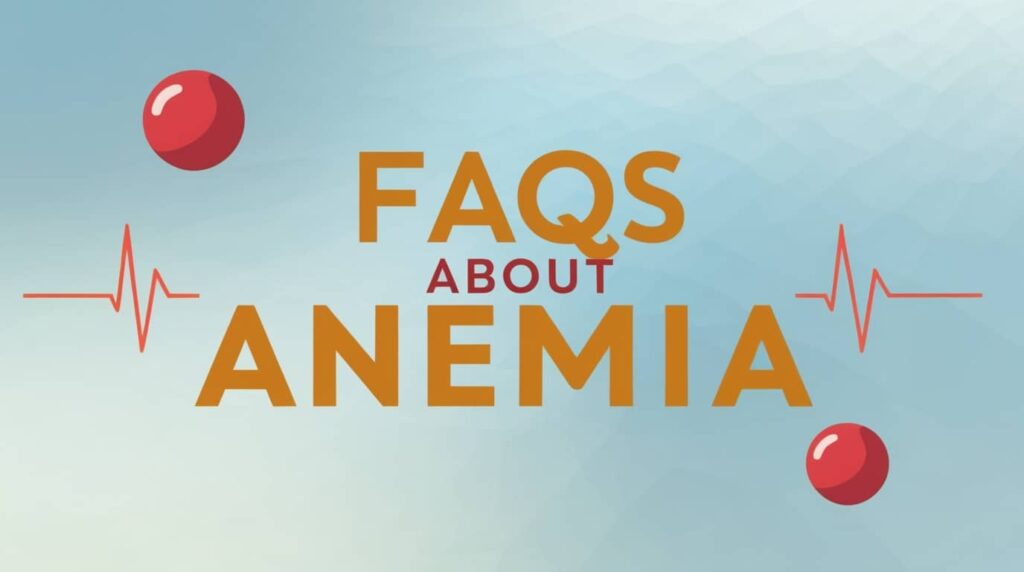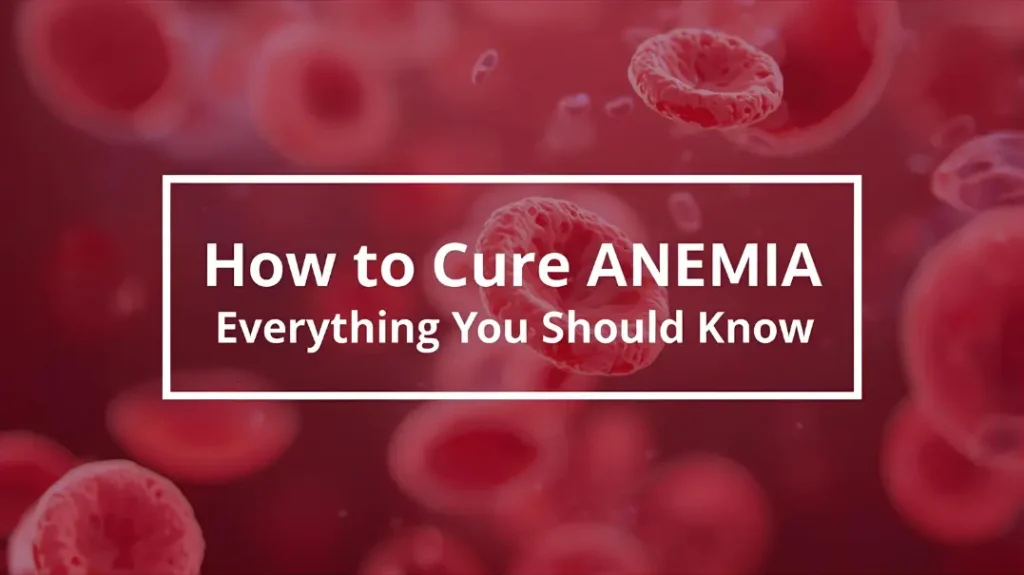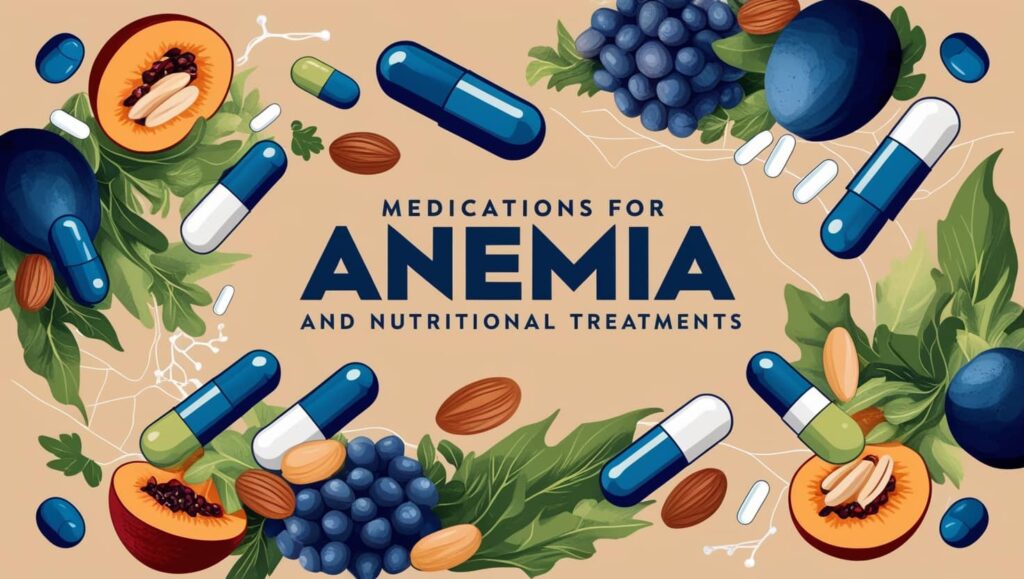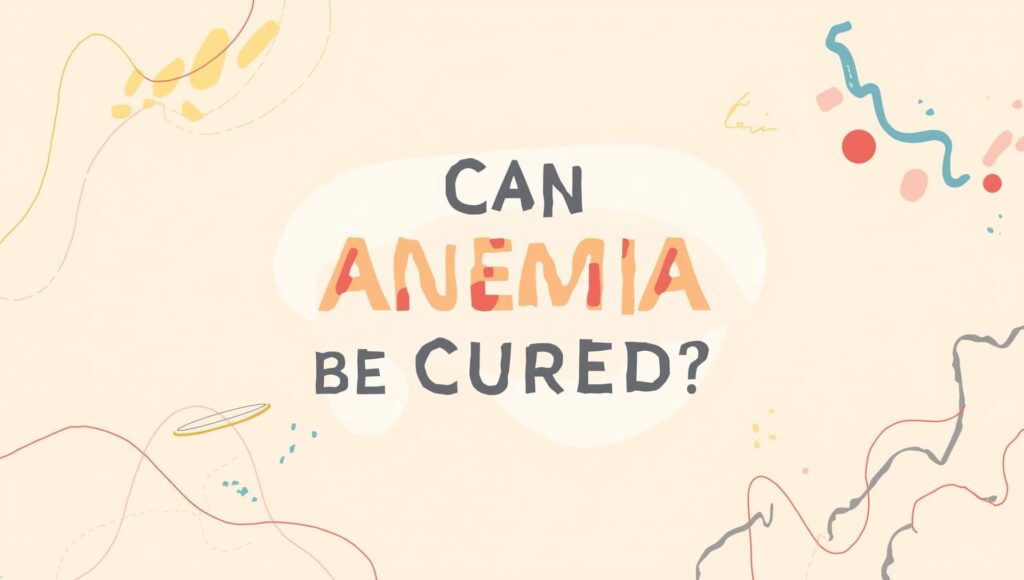People who abuse alcohol are typically at risk for a wide range of alcohol-related medical complications, including those that affect the blood and the bone marrow, where the blood cells are made. This article will illustrate the relationship between Alcoholism and Anemia.
Alcohol has a variety of negative effects on blood cells and their functions.
Heavy alcohol consumption can cause: –
- Generalized suppression of blood cell production.
- Production of structurally abnormal blood cell precursors that cannot mature into functional cells.
Anemia could result from the premature destruction of defective red blood cells, which are common in alcoholics.
Alcohol has both direct and indirect negative effects on the hematopoietic, or blood-building, system.
Direct consequences of excessive alcohol consumption include toxic effects on the following: –
- Bone marrow.
- Blood cell precursors.
- Mature red blood cells (RBCs).
- White blood cells (WBCs).
- Platelets.
Indirect effects of alcohol include nutritional deficiencies that affect the production and function of different blood cells.
Alcoholism and Anemia
1. Alcohol’s Effects on the Bone Marrow
The most widely abused substance is alcohol, the negative consequences include the suppression of hematopoiesis or the production of blood cells.
Alcohol toxic effects are dose-dependent so impaired hematopoiesis usually occurs only in people with severe alcoholism, they also may suffer from nutritional deficiencies of folic acid and other vitamins that play a role in blood cell development.
Consuming alcohol excessively for an extended period of time decreases the number of blood cell precursors in the bone marrow and results in structural abnormalities in these cells, producing fewer or non-functional mature blood cells.
Alcoholics may consequently suffer from moderate anemia, which is characterized by enlarged, structurally abnormal RBCs;
Pancytopenia, a generalized decrease in blood cell counts, is typically not fatal or progressive and can be reversed with abstinence, but complex hematopoiesis aberrations can develop over time and be fatal.
The appearance of numerous large vacuoles in early RBC precursor cells is the most obvious sign of alcohol’s toxic effects on bone marrow cells.
a. Sideroblastic Anemia
Sideroblastic anemia is a common complication in severe alcoholics, with ringed sideroblasts found in one-third of these patients’ bone marrow.
Sideroblastic anemia is caused by alcohol interfering with the activity of an enzyme that mediates a critical step in hemoglobin synthesis.
Abstinence can reverse this consequence: In most cases, the ringed sideroblasts disappear from the bone marrow within 5 to 10 days, and RBC production resumes.
b. Alcohol’s Effects on Iron Metabolism
Alcohol consumption can result in either low levels of iron or too much iron in the body.
Gastrointestinal bleeding is a common cause of blood loss and subsequent iron deficiency in alcoholic patients.
However, iron deficiency in alcoholics is frequently difficult to diagnose because it may be covered up by signs of other nutritional deficiencies (such as folic acid deficiency) or by the presence of coexisting liver disease and other inflammatory conditions caused by alcohol.
In contrast, alcohol abuse can raise iron levels in the body.
For example, alcoholics may have increased levels of iron absorption from food in the gastrointestinal tract.
Additionally, excessive consumption of alcoholic beverages like red wine that contain iron can cause iron levels to increase.
Increased iron levels can lead to hemochromatosis, a condition characterized by the formation of iron deposits throughout the body.
c. Megaloblastic Anemia
Megaloblasts are common in the bone marrow of alcoholics; they are especially common in alcoholics with anemia symptoms, affecting up to one-third of these patients.
In most cases, the folic acid levels in these alcoholics’ RBCs are decreased.
The most common cause of this deficiency is a folic acid poor diet.
Furthermore, alcohol consumption may speed up the development of folic acid deficiency by altering folic acid absorption from food. (Read more about Megaloblastic Anemia)
2. Alcohol-Related RBC Disorders
Alcohol-related RBC production abnormalities manifest not only in the bone marrow but also in the presence of defective RBCs in the blood.
For example, macrocytosis, or grossly enlarged RBCs, can occur in the blood, as well as oddly shaped RBCs that are vulnerable to premature or accelerated destruction (hemolysis) due to structural abnormalities.
As a result, anemia is frequently diagnosed in alcoholics.
a. Macrocytosis
Cells with an increased MCV can be found in patients with folic acid or vitamin B12 deficiency (as in megaloblastic anemia) or chronic liver disease.
In addition, the presence of enlarged RBCs in the blood can be a sign of a number of disorders aside from alcoholism, such as various anemias and thyroid gland dysfunction. (Read more about Macrocytic Anemia)
b. Hemolytic Anemia
Hemolysis can be an underlying cause of anemia, and chronic heavy alcohol consumption can cause several types of hemolytic anemia.
Alcohol-related hemolytic anemia is caused by decreased phosphate levels in the blood (i.e., hypophosphatemia).
Diagnosis of hemolysis in alcoholic patients is difficult due to the presence of confounding conditions such as alcohol withdrawal, abnormal folic acid levels, bleeding, or an enlarged spleen.
Summary
People who abuse alcohol are typically at risk for a wide range of alcohol-related medical complications, including those that affect the blood and the bone marrow, where the blood cells are made.
Heavy alcohol consumption can cause: –
- Generalized suppression of blood cell production.
- Production of structurally abnormal blood cell precursors that cannot mature into functional cells.
The negative consequences of alcohol include the suppression of hematopoiesis or the production of blood cells.
Consuming alcohol excessively for an extended period of time decreases the number of blood cell precursors in the bone marrow and results in structural abnormalities in these cells, producing fewer or non-functional mature blood cells.
Sideroblastic anemia is a common complication in severe alcoholics, with ringed sideroblasts found in one-third of these patients’ bone marrow.
Alcohol consumption can result in either low levels of iron or too much iron in the body.
Gastrointestinal bleeding is a common cause of blood loss and subsequent iron deficiency in alcoholic patients.
Megaloblasts are common in the bone marrow of alcoholics; they are especially common in alcoholics with anemia symptoms, affecting up to one-third of these patients.
Macrocytosis, or grossly enlarged RBCs, can occur in the blood, as well as oddly shaped RBCs that are vulnerable to premature or accelerated destruction (Hemolysis) due to structural abnormalities.
References
- Ballard, H. S. (1997). The hematological complications of alcoholism. Alcohol health and research world. Retrieved July 9, 2022, from PubMed

